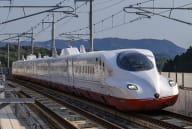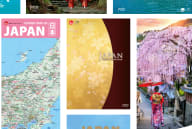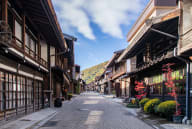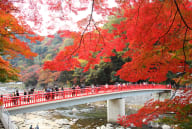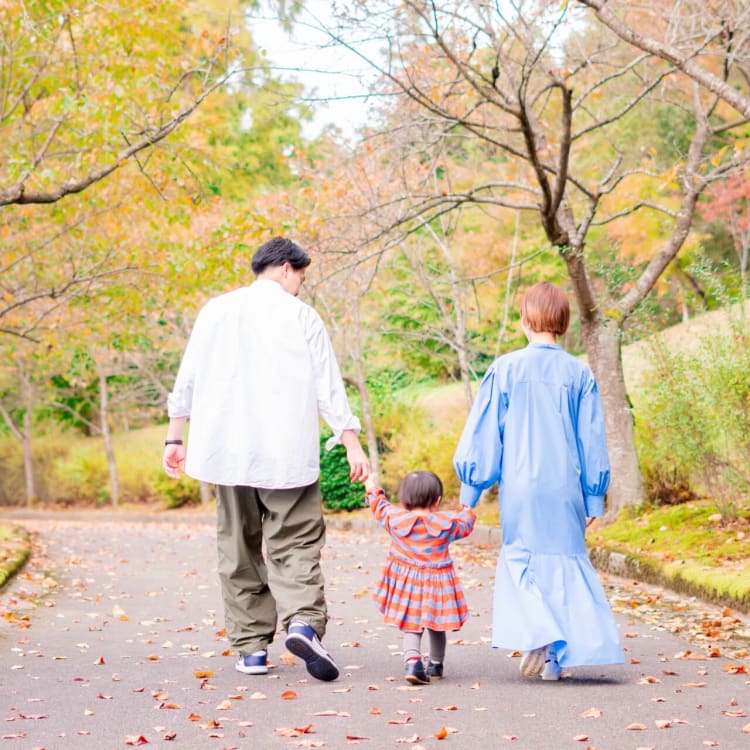
Travelling in Japan with Kids Practical tips for planning a trip to Japan that is enthralling to travellers of all ages
When one thinks of Japan, their mind tends to go for the grandiose – whether this means climbing Mount Fuji, hiking through lush forests, or navigating the bustling cityscapes filled with packed trains and busy intersections. With all of this in mind, Japan might not necessarily seem the most kid-friendly of places. However, it is possible to plan an exciting and immensely fascinating trip for both you and your young one. In the article below, we’ll field some common questions and concerns that might arise when planning family travel in Japan, which we hope will put a parent/guardian’s mind at ease.
Is it safe?
The first factor that any parent will think of when it comes to their child is “Is this destination safe?”. Parents will be relieved to know that Japan is among the top-ranked countries on the Global Peace Index. This is further evidenced by the often-mentioned independence of Japanese children, who are often trusted to walk to school or even run errands by themselves. This has even been the topic of news articles and other media such as “Old Enough”, a reality show wherein children as young as 3-6 years old are sent on errands. While sending your kids off to pick up groceries in a foreign country is certainly not recommended, the fact that Japanese children often go out on their own is a reassuring indicator of public safety in Japan.
Is it Practical?
Japan enjoys a reputation for its robust infrastructure and stellar hospitality industry. Whether it’s the cool trains or soothing hot springs, there’s plenty to keep both parent and child entertained throughout the journey. With that said, it is important to know your needs, and how they might factor into booking travel and accommodation.
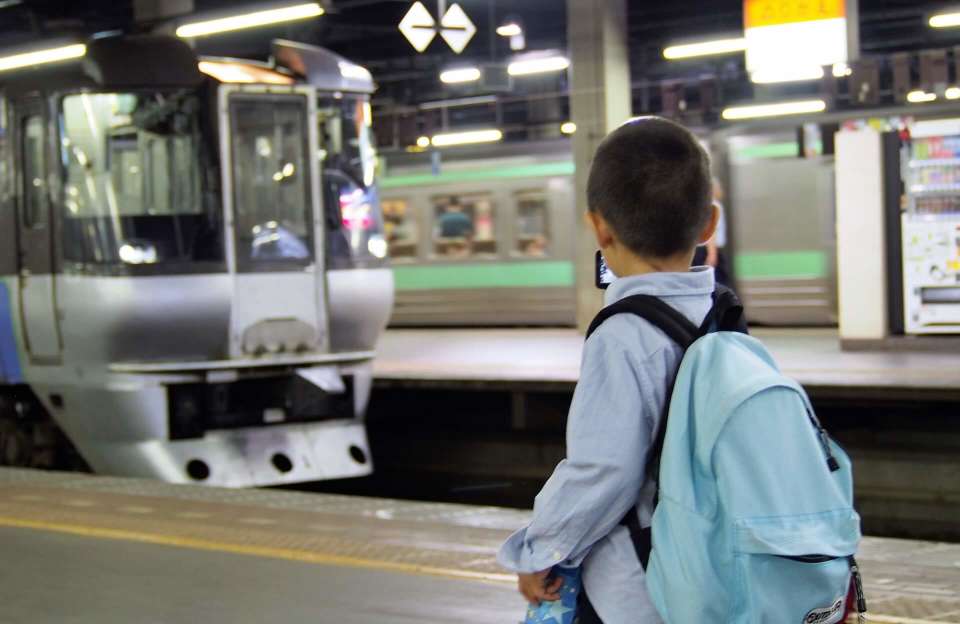
Transportation:
When it comes to public transportation, Japan reigns supreme. The majority of the country is easily accessible thanks to its fast, frequent, and extensive rail service. With a variety of unique trains (some featuring motifs from Pokemon to Hello Kitty), trains in Japan are as fun for kids to ride as it is convenient. Similar to Canada, most local trains and buses have priority seating for passengers who are pregnant or have young children, whereas long haul and express services such as the shinkansen offer reserved seating. In addition to guaranteed comfort, most railways also provide discounts for younger passengers, similar to those in the table below:
| Age Range | Cost |
|---|---|
|
Adult (12 years old and older) |
Full price |
|
Child (6-11 years old) |
50% of the adult fare |
|
Young child (1-5 years old) |
Up to two young children, 1 to 5 years old, can travel for free when accompanied by one adult. Additional young children are charged the regular child rate (50% of the adult fare). The child fare also applies to young children who occupy a reserved seat. |
|
Infant (less than 1 years old) |
Infants travel for free unless they occupy a reserved seat, in which case the child fare applies. |
*Additionally, most rail passes offer 50% discounts for children aged 6 to 11.
Most stations have elevators and washrooms are available at almost all train stations, as well as onboard trains serving long distances, though they may lack soap and paper towels. In Japan, it is customary to bring your own hand towel or sanitizer with you, and these can be easily purchased at one of Japan’s omnipresent convenience stores.
Navigating local metros can be a little more challenging as crowds can get quite intense, particularly during the rush hours, which span approximately 7-9 AM and 5-7 PM on weekdays. It is best to avoid public transit during these times when travelling with young kids. For those who are more comfortable avoiding public transit entirely, rental cars are an option. Driving is on the left side of the road, whereas the steering wheel is on the right (opposite to Canada in both regards.) Beyond that, driving is relatively straightforward, as many road signs include English. It should be noted that international drivers do require a permit, which can be obtained fairly easily from the Canadian Automobile Association here in Canada. More details regarding rental cars can be found on JNTO’s driving page.
Finally, when it comes to navigating Japan with children on foot, there are a few things to be aware of. Because Japan is a small, mountainous, island country, some streets may be steep and narrow. This is particularly true for those looking to enjoy shrines and temples, which typically involve a fair amount of stair-climbing. As such, many travellers opt for baby carriers rather than strollers.
Finding ways to travel compact while in Japan is always recommended. That said, part of travelling as a family means that luggage tends to accumulate fast. In cases like this, delivery services such as Kuroneko Yamato are a great means of couriering luggage to your next destination, for a relatively low cost.
Accomodations:
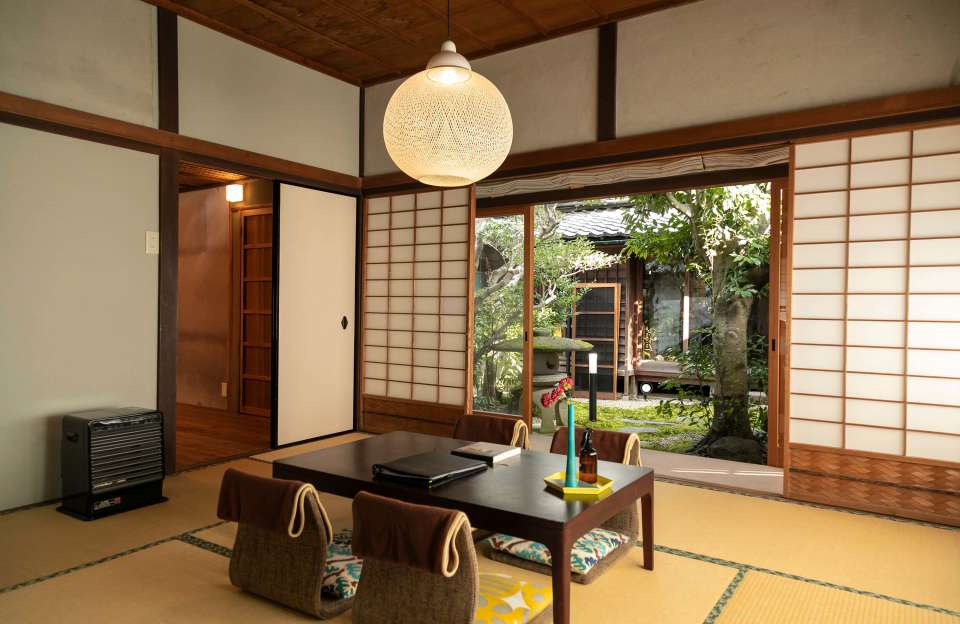
When it comes to accommodations, there are plenty of great options for unique, yet family-friendly stays. Traditional Japanese-style inns such as ryokan and minshuku, for instance, are a popular choice among locals when it comes to family vacations. These are typically very spacious, featuring open-concept rooms with tatami floors, and bedding that can be put away when not in use. This makes for an excellent option for kids to play and roll around on to their heart’s content. It should be noted that ryokan typically include breakfast and dinner. Though this is a highlight of their stay for many people, this typically involves traditional Japanese fare including plenty of fish and vegetables. If your child’s palate is less adventurous, it is worth confirming the menu in advance and seeking out alternative dining options if necessary.
Western-style hotels are generally immaculately maintained, offering plenty of amenities, and are often located in more central locations than traditional inns. When it comes to food options, these hotels commonly have on-site restaurants, and some of the most extensive breakfast buffets out there. Whether it’s bacon and eggs, miso soup, or even curry, there's usually something for everyone's taste. The one thing to be mindful of while booking is square footage, as there are many economical western-style hotels called “Business hotels”, where the rooms tend to be smaller. At most hotels, small children can stay with parents in the same room for free of charge and some offer child-related items such as cribs, but rules need to be checked with each hotel before booking.
Is it fun?
Dining
If your child hasn’t acquired a taste for sushi yet, then fear not - Japan is home to plenty of foods that are friendly to the less adventurous palates. In fact, “Family Restaurant” has even been used as a loan word to describe its own genre of restaurant, which typically has large tables and booths and offers a variety of different dishes for a reasonable price. Commonly, this is a mixture of western and Japanese – sometimes both at the same time (see: omurice). Restaurants like these provide an option for families that offers familiar menu items with a Japanese twist, while offering something fun and new to the typical Canadian diner. Kids meals are usually available at these restaurants as well.

Conveyor belt sushi, or kaiten-zushi, is also a great option for those who are a little more adventurous. Items are served a la carte, starting from one or two dollars a plate, meaning that it is easy to sample and share. In spite of the name, it is typical for these restaurants to have a number of non-sushi items as well (generally including french fries, noodle dishes, salads, and desserts) that can be selected from an easy-to-use tablet menu, which will show pictures for each dish. Kid-friendly features such as high chairs will often be available at these kinds of restaurants as well (not to mention, some of these “conveyor belts” take the form of tiny bullet trains!)
Popular Sights for Kids
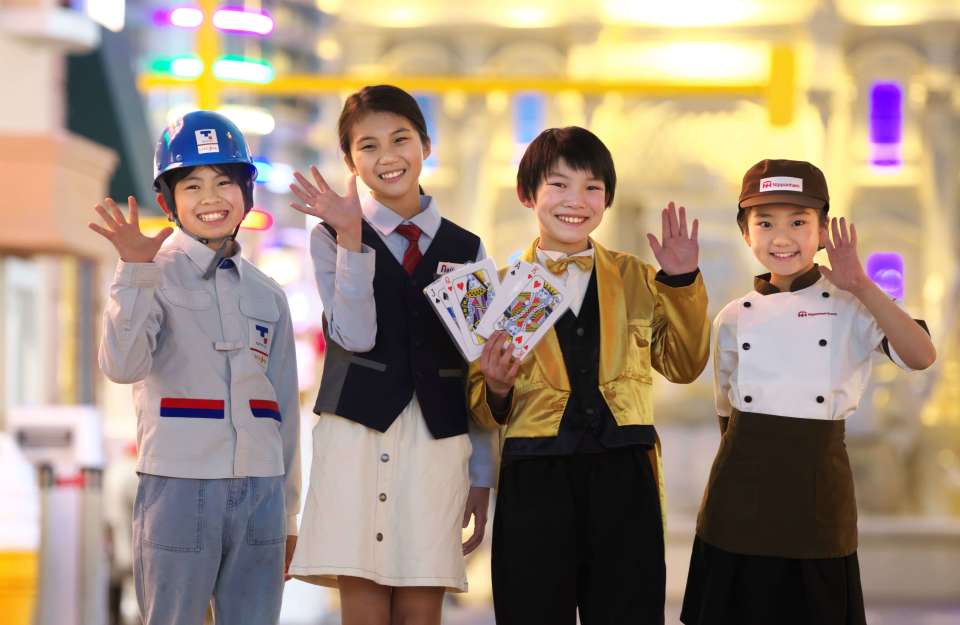
When it comes to kid-friendly activities, children are spoiled for choice in Japan, and your child may have some passing knowledge of what’s in store – be it Pokemon Centers or the Ghibli Museum. There are several amusement parks, such as Tokyo Disneyland and DisneySea in Tokyo, as well as Universal Studios Japan in Osaka. Those looking for more educational fun may consider Osaka Aquarium Kaiyukan in Osaka or the National Museum of Emerging Science and Innovation in Tokyo. If you’re looking for a happy medium between the two, there are Cup Noodles Museums in both Yokohama and Ikeda, where visitors can learn the history of Nissin’s iconic instant ramen, while even creating their own custom flavours and packaging. For adventurers and animal lovers, there are plenty of other locations where one can find friendly cats, rabbits, and deer roaming in the wild. But beyond the destinations themselves, it is hard to understate the value of exposure to a different culture at an early age. With a safe environment to explore all kinds of entirely new sights, sounds, flavours, and experiences, few destinations are better suited to the task than Japan.

















































